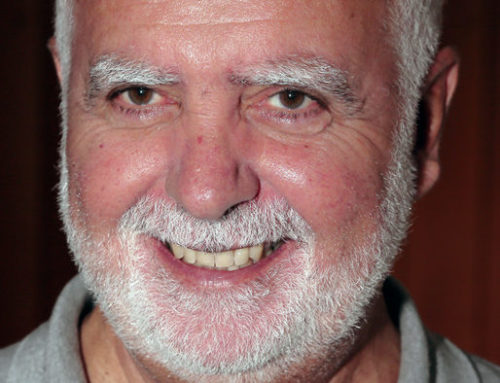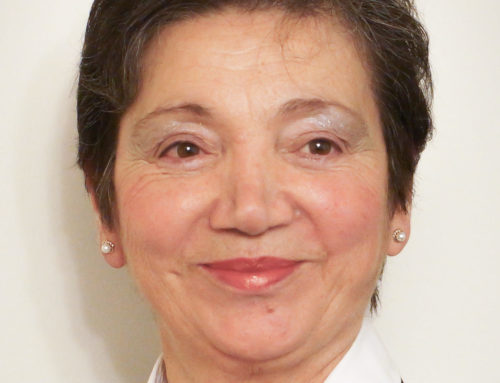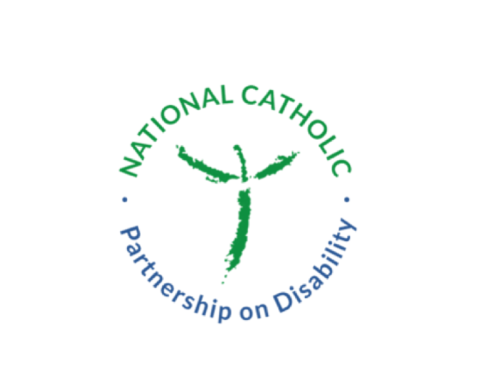Original Investigation May 6, 2020

Religious Service Attendance and Deaths Related to Drugs, Alcohol, and Suicide Among US Health Care Professionals
Ying Chen, ScD1,2; Howard K. Koh, MD, MPH3,4; Ichiro Kawachi, MD, PhD5; et alMichael Botticelli, MEd6; Tyler J. VanderWeele, PhD1,2Author AffiliationsArticle InformationJAMA Psychiatry. Published online May 6, 2020. doi:10.1001/jamapsychiatry.2020.0175editorial comment icon EditorialCommentauthor interview icon Interviews
Question Is frequent religious service attendance associated with a lower risk of deaths related to drugs, alcohol, and suicide (referred to as deaths from despair) among US health care professionals?
Findings In this cohort study of 66 492 female registered nurses and 43 141 male health care professionals in the US, attendance at religious services at least once per week was associated with a 68% lower hazard of death from despair among women and a 33% lower hazard among men compared with never attendance.
Meaning The findings suggest that frequent attendance at religious services is associated with lower subsequent risk of deaths from despair.Abstract
Importance The increase in deaths related to drugs, alcohol, and suicide (referred to as deaths from despair) has been identified as a public health crisis. The antecedents associated with these deaths have, however, seldom been investigated empirically.
Objective To prospectively examine the association between religious service attendance and deaths from despair.
Design, Setting, and Participants This population-based cohort study used data extracted from self-reported questionnaires and medical records of 66 492 female registered nurses who participated in the Nurses’ Health Study II (NHSII) from 2001 through 2017 and 43 141 male health care professionals (eg, dentist, pharmacist, optometrist, osteopath, podiatrist, and veterinarian) who participated in the Health Professionals Follow-up Study (HPFS) from 1988 through 2014. Data on causes of death were obtained from death certificates and medical records. Data analysis was conducted from September 2, 2018, to July 14, 2019.
Exposure Religious service attendance was self-reported at study baseline in response to the question, “How often do you go to religious meetings or services?”
Main Outcomes and Measures Deaths from despair, defined specifically as deaths from suicide, unintentional poisoning by alcohol or drug overdose, and chronic liver diseases and cirrhosis. Cox proportional hazards regression models were used to estimate the hazard ratio (HR) of deaths from despair by religious service attendance at study baseline, with adjustment for baseline sociodemographic characteristics, lifestyle factors, psychological distress, medical history, and other aspects of social integration.
Results Among the 66 492 female participants in NHSII (mean [SD] age, 46.33 [4.66] years), 75 incident deaths from despair were identified (during 1 039 465 person-years of follow-up). Among the 43 141 male participants in HPFS (mean [SD] age, 55.12 [9.53] years), there were 306 incident deaths from despair (during 973 736 person-years of follow-up). In the fully adjusted models, compared with those who never attended religious services, participants who attended services at least once per week had a 68% lower hazard (HR, 0.32; 95% CI, 0.16-0.62) of death from despair in NHSII and a 33% lower hazard (HR, 0.67; 95% CI, 0.48-0.94) of death from despair in HPFS.
Conclusions and Relevance The findings suggest that religious service attendance is associated with a lower risk of death from despair among health care professionals. These results may be important in understanding trends in deaths from despair in the general population.
https://jamanetwork.com/journals/jamapsychiatry/fullarticle/2765488






